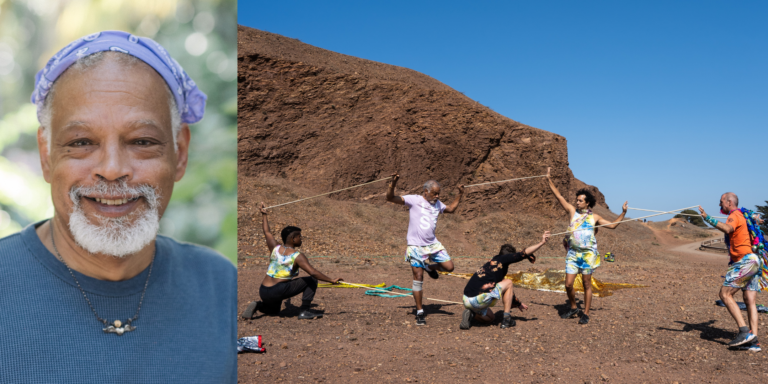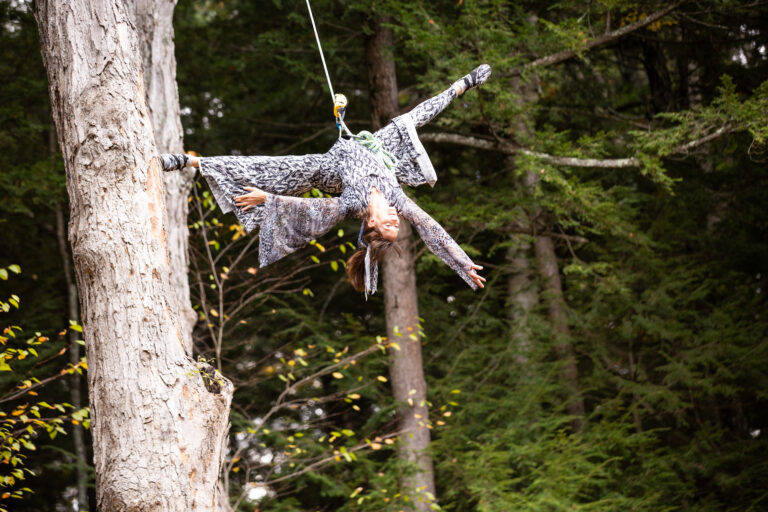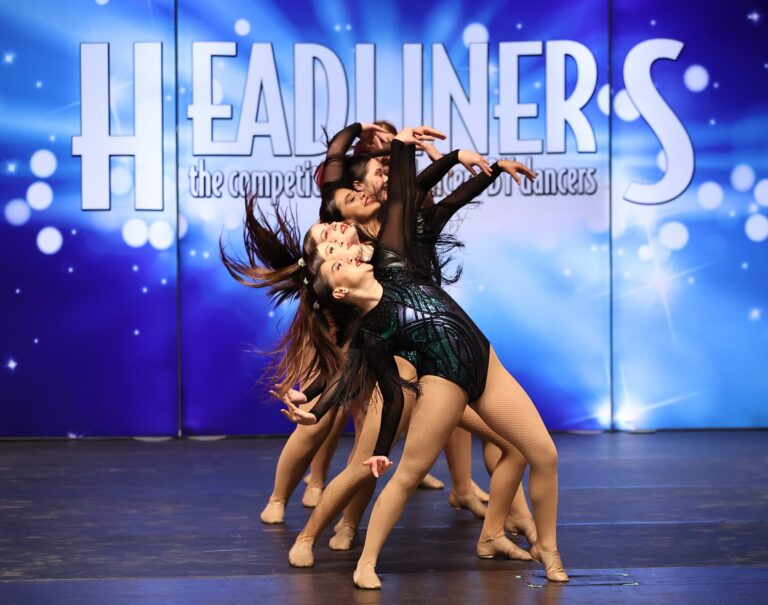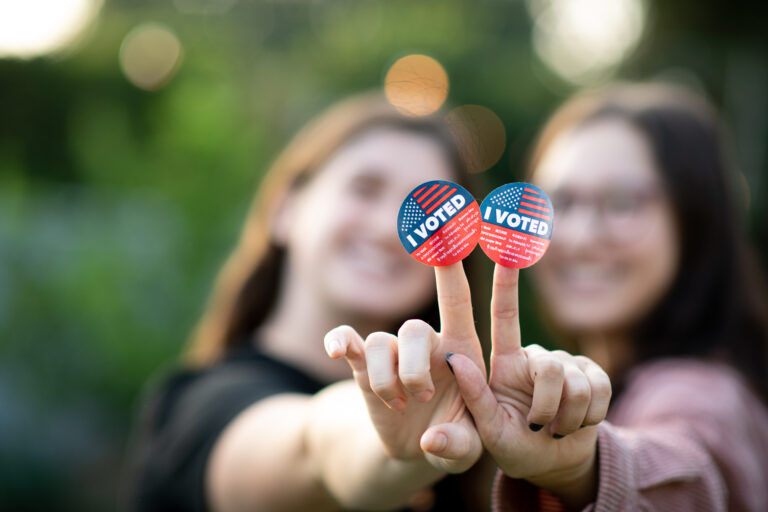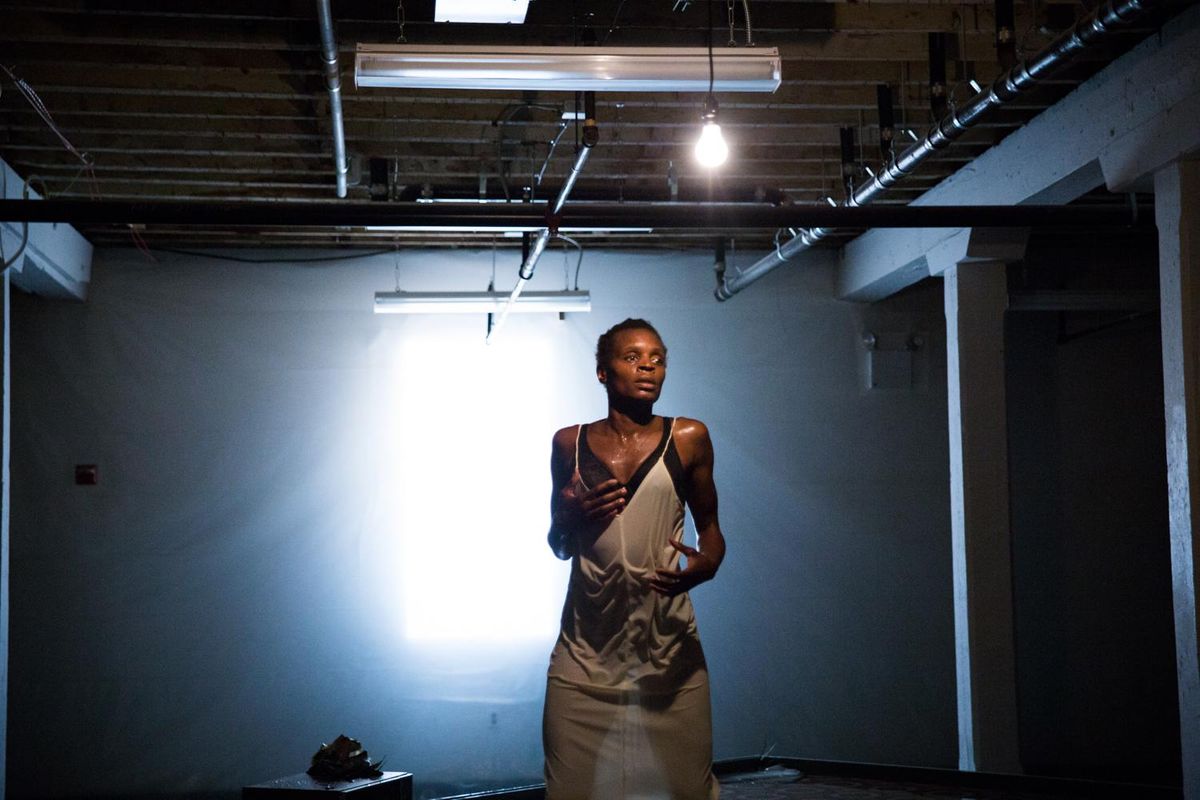
Historically, BIPOC (Black, Indigenous, people of color) artists have often been erased from dance history.
Whether conscious or unconscious, this omission has created a cycle of not acknowledging, writing about or remembering the work of BIPOC artists, which often means dance history curriculums are taught as if these BIPOC artists never existed.
Many dance educators attempt to diversify their curriculums by including artists like Alvin Ailey, Arthur Mitchell and José Limón, which is a good starting point. But it is by no means comprehensive.
Often, this happens because educators themselves have only been taught about a few BIPOC dancers and artists—I know that much of my knowledge of dancers of color came from my own research outside of school.
Educate yourself about these eight artists of color past and present, mostly from the postmodern and dance theater genres, so you can educate your students about them. (And for a list of even more BIPOC artists to teach your students about, click here.) As teachers, we have the opportunity—and the responsibility—to stop the cycle of erasure and one-sided history to give our students a fuller understanding of dance history.
Bebe Miller (1950–today)
Bebe Miller interweaves dance, video, writing and other media to create postmodern work that interrogates the human condition. Miller’s work pushes the boundaries of codified movement, incorporating gesture and pattern.
Blondell Cummings (1944–2015)
Experimental choreographer Blondell Cummings was best known for her work Chicken Soup, which is based on her childhood experiences in the kitchen with her grandmother. Cummings’ work blends culture, history, identity and experimentation, seamlessly blending abstraction (a realm still today dominated by white artists) and the concept of “the personal is political,” or speaking from one’s personal experience as knowledge. Cummings also performed with postmodern legends Yvonne Rainer and Meredith Monk.
Gus Solomons jr (1938–today)
As a dancer, Gus Solomons jr has worked with everyone from Martha Graham to Merce Cunningham to Pearl Lang to Donald McKayle. With a background in architecture, Solomons was known, as a choreographer, for his ability to shape bodies in an analytical way. Now 82, Solomons continues to dance, and is also a teacher, a writer and an occasional puppeteer.
Miguel Gutierrez (1971–today)
Miguel Gutierrez is an experimental choreographer, writer and singer. Though his work often explores his Latin and queer identities, he’s been outspoken about how abstraction shouldn’t belong just to white artists.
Okwui Okpokwasili (1972–today)
Okwui Okpokwasili is a choreographer, performer and writer best known for her Bronx Gothic (which was profiled in a documentary of the same name) and Poor People’s TV Room. Her raw, exposed style often focuses on the lives of women in the African diaspora, and incorporates nontraditional spaces, installations, writing and sound.
Paloma McGregor (1974–today)
Paloma McGregor is a Caribbean-born choreographer and arts organizer. Her work amplifies Black voices, stories and histories through dance and community organizing. She co-founded Angela’s Pulse and is also the founder of Dancing While Black, both of which focus on community building, art making and uplifting the Black dance community. McGregor has also danced with Urban Bush Women and Liz Lerman.
Ralph Lemon (1952–today)
Ralph Lemon is a choreographer, dancer, director and writer who creates experimental dance and installation work. Lemon’s cross-disciplinary performances intermingle visual art, sound, movement and text. One of his most famous works, How Can You Stay in the House All Day and Not Go Anywhere? includes film, science fiction and the intergenerational knowledge of a 102-year-old sharecropper.
Shen Wei (1968–today)
Shen Wei is a Chinese-American choreographer and painter, known for blending Asian traditional dance and Western contemporary dance, and for cleverly incorporating visual art into his work. Students may be familiar with one of Wei’s most famous works: The opening ceremony at the 2008 Beijing Olympics.

